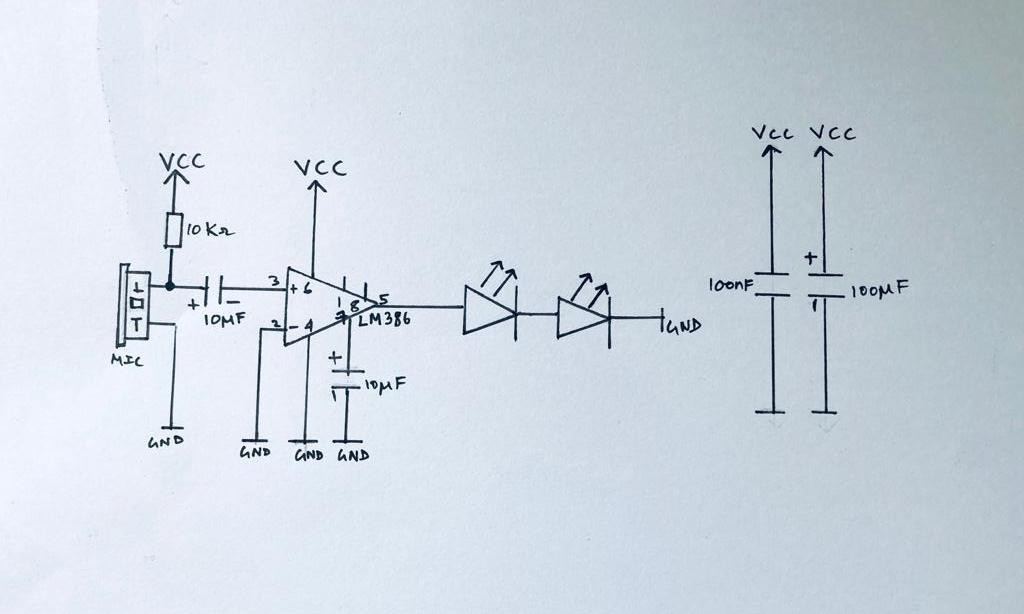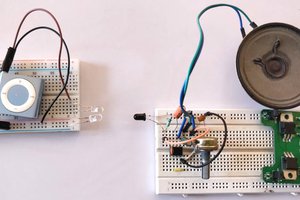Why did I Build this ?
Upon seeing the Op-Amp Contest an old memory resurfaced :
Ring ! Ring ! The fire alarm rang through the hallways of the hotel which I was staying at. I quickly scrambled out of bed and ran to the door. Through my drowsiness I hastily opened the door and ran through the pitch dark corridor. Hugging my most important belongings, I staggered down four flights of stairs as fast as I could. As I was exiting the building I noticed a blind man slowly being guided out of the building.
Recalling this exact moment made me question how hearing impaired individuals would have been able to exit the building that night. When faced with this question, the idea of converting audio into visuals struck me.
Applications of this Circuit
I have developed this circuit in order to help hearing impaired individual to be able to experience sirens and other alarms visually. This device could also be used to help locate the direction of sound. In the case of emergencies this would be especially useful as it would help alert these individuals of any calls of help or even help guide them away from dangerous zones. Combined with vibration motors, this would make the ideal alarm system for hearing impaired individuals.
The conversion of sound to light is a power mechanisms which can also be used in speech therapy and sign language training. The corresponding blinking of the LEDs in this circuit would add yet another sensory component to speech which could aid in the pronunciation and understanding of speech for hearing impaired individuals.
How does it work ?
Powered by 4.5 Volts, this circuit picks up any nearby sounds through the electret microphone and then with the help of the LM386 it boosts this signal. This boosted signal is then used to power the 2 LEDs on board. Louder the noise, brighter the LEDs.
The schematic of this circuit is shown below :

The microphone input is passed through pin 3 of the op-amp and after being boosted the output voltage comes out from pin 5. A demonstration of this circuit can be found below under the "Files" section.
Reference used : https://lowvoltage.wordpress.com/2011/05/15/lm386-mic-amp/
 Xtreme Tech
Xtreme Tech

 UTSOURCE
UTSOURCE

 Juanito Moore
Juanito Moore